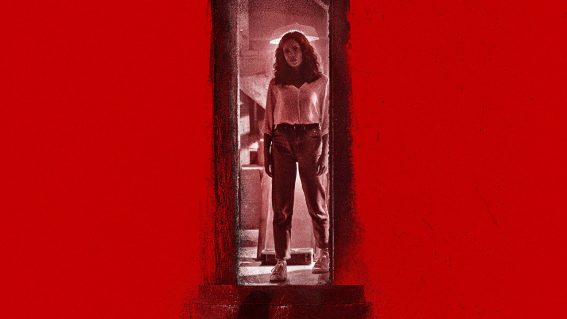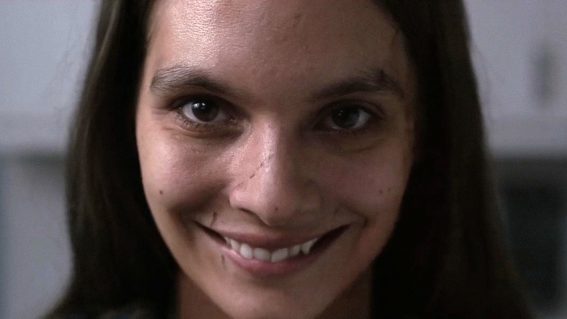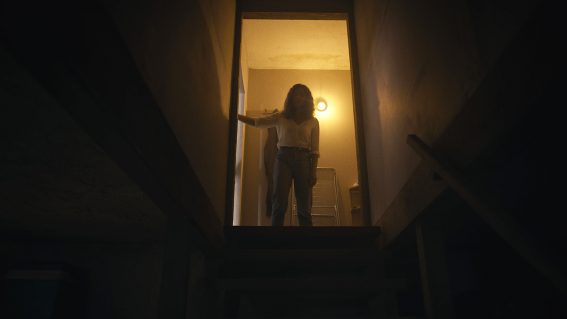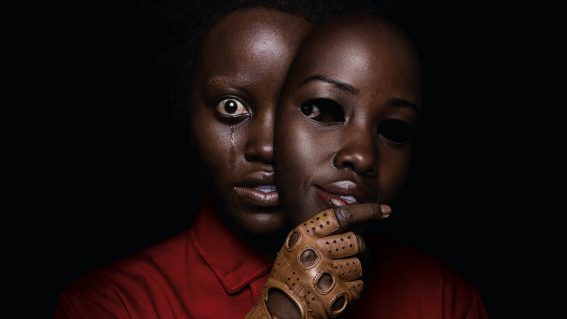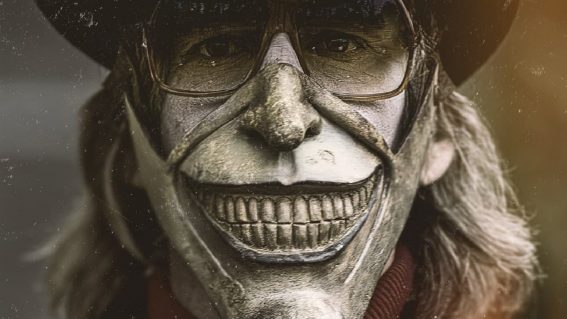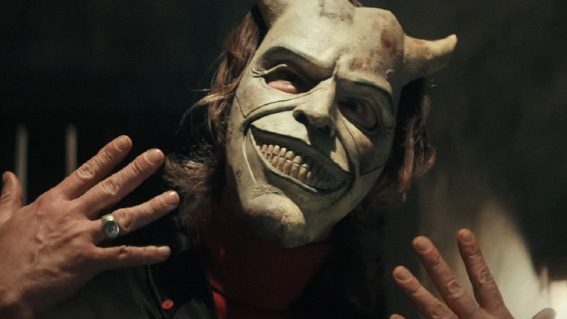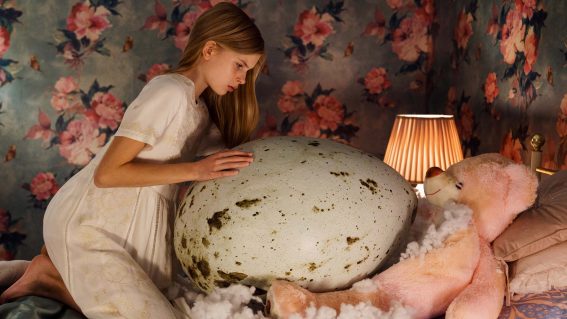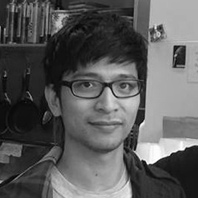Jamie Lee Curtis makes the new Halloween a standout horror
More Predator than any Predator from this year’s The Predator.
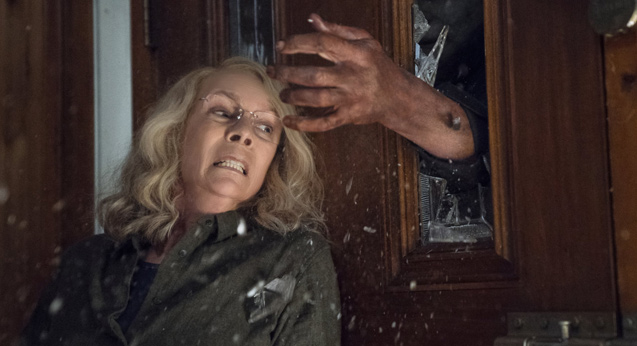
A scene near the beginning of this Halloween sequel sees one millennial comment about the horrible events in the first film. “It’s not that big of a deal,” he arrogantly assumes, arguing that the bigger and more complex terrors in the modern world trump one lil’ ol’ killing spree from 40 years ago. This tight, fat-cutting, balled-up fist of horror goodness goes out of its way to prove that young dumbass wrong—and it succeeds.
Director David Gordon Green understands that we shouldn’t try to understand Michael Myers (commit this to memory, Rob Zombie). Rather, he forces the audience to observe and interpret Myers’ straightforward actions through unsettling one-shots and moments of sustained suspense. He seemingly only dedicates his brain processing power to effective killing, a man more Predator than any Predator from this year’s The Predator. Such emotionless-yet-calculating behaviour was scary back in 1978 and it’s still scary today.
Of course, he can’t be Michael Myers without his ninja-level sneaking skills. It still seems silly that a 2-meter-tall man could make less noise than A Quiet Place, though the film’s consistently casual sense of humour makes it easier to swallow. A babysitter’s candid discussion about weed with the child she’s looking after will get crowds chuckling.
Really though, it’s Jamie Lee Curtis who makes Halloween a standout. Her return as Laurie Strode comes with the character’s trauma carried throughout the decades. Riddled with anger, fear, sorrow, resentment, and anticipation, Curtis swirls a complex range of emotions that brings rise to one hell of a performance. Laurie is a paranoid victim, a flawed mother, a loving grandmother, but above all else, an endearing hero. These heavy, well-examined qualities give significant depth to a simple story and anchors one of the more memorable climaxes in modern horror.






